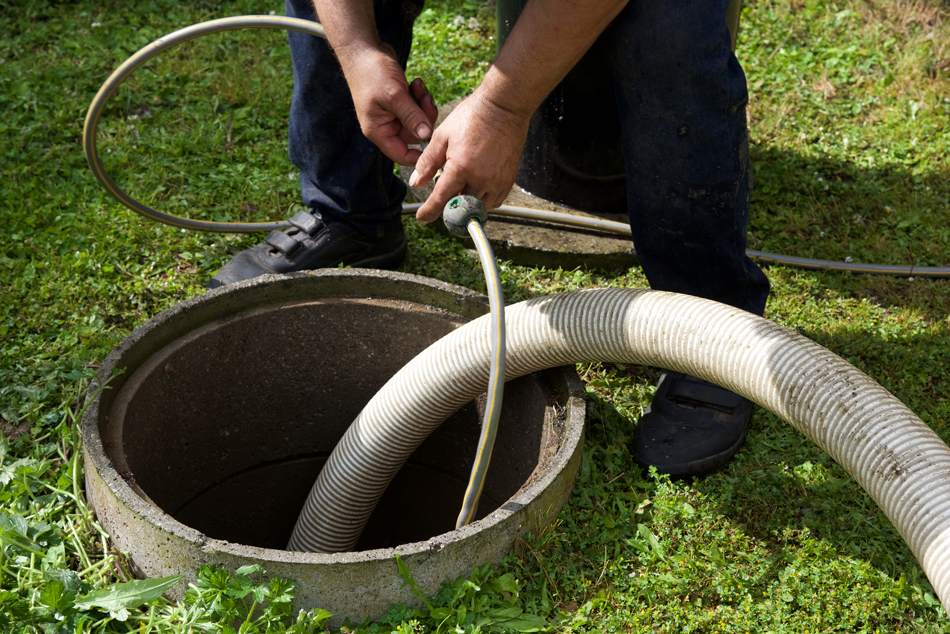A septic backup is one of the most stressful things a homeowner can face. The moment you see sewage backing up into your sink or discover a foul-smelling swamp in your yard, panic can set in. But don’t worry. This isn’t a situation you have to handle alone. We’re here to help.
The first step is to stay calm and follow this simple, 5-step checklist to minimize damage and prepare for a professional service call.
Step 1: Stop All Water Use Immediately
This is the most critical first action. Every gallon of water you use—from a flushing toilet to a running washing machine—is adding more liquid to an already-full system. Stop using all water sources in your home until the problem is solved. This includes:
- Toilets
- Showers and bathtubs
- Dishwashers and washing machines
- Kitchen and bathroom sinks
The goal is to prevent any more wastewater from entering your backed-up tank or pipes.
Step 2: Locate the Problem Area
If you can, try to determine where the issue is occurring. Is the backup isolated to a single drain, or are multiple drains in the house affected?
- If only one drain is slow or clogged, the problem may be in that specific pipe.
- If you have sewage backing up into multiple fixtures, or if you notice wet, spongy ground and strong odors outside, the problem is likely with your septic tank or drain field.
Step 3: Call a 24-Hour Septic Expert
Do septic service providers offer emergency repair services? Yes, but not all of them. A septic emergency is not a DIY fix. It requires specialized knowledge and equipment. A professional 24-hour emergency septic team is trained to handle these crises quickly and safely.
At Great Falls Septic Service, our emergency line is staffed around the clock, so you can reach a live person who can dispatch a technician immediately.
Step 4: Prepare for the Technician
Once you’ve made the call, there are a few things you can do to help the technician work more efficiently when they arrive:
- Locate your septic tank lid. If you know where it is, clear the area of any obstructions.
- Tell the service provider about the symptoms you’re seeing and the type of system you have (if you know).
- Be ready to explain how long the problem has been occurring.
Step 5: Stay Safe
Septic wastewater contains harmful bacteria and pathogens. Keep your family, especially children and pets, away from any standing water or areas where sewage has backed up. Do not attempt to open your septic tank lid or touch any of the contaminated water yourself.
Get Professional Help
A septic emergency is a serious event, but it is manageable with the right plan. By following these steps and calling a reliable expert, you can get the situation under control quickly and safely. For immediate assistance, give us a call!


